
Passionate custodians
Owning and living in a grand Victorian home had been Jann Zappacosta’s dream ever since she was a little girl. Now she is helping to write the next chapter of one of the region’s most significant heritage properties.
When Jann and her husband Maurizio bought Anambah House, just outside of Maitland, in 2011 they knew they had taken on a mammoth task.
“I remember lying in the bedroom upstairs, on a mattress on the floor, with water running down the walls and tears streaming down my face,” says Jann.
“I said to Maurizio, I just don’t know whether we will be able to save this house in time. He said not to worry. It’s stood for 120 years, it will hold up for another few years until we get the roof sorted.”
Two-storeyed Anambah is a gorgeous example of a wealthy 19th century grazier’s mansion, built in sandstone with a hipped slate roof, cast-iron verandahs and elaborately stuccoed bays.
Set on 60 acres overlooking Maitland lagoon, its lush gardens feature araucaria pines and mature silky oaks, epic bottle trees and jacarandas, imposing figs, stone pines and African olives.
It is a property that would have seemed wildly out of reach for young Jann, a place that started out in 1889 as the working heart of the Mackay cattle empire. It was designed by renowned architect JW Pender, commissioned by John Kenneth Mackay and built for his sons William Hooke and John Kenneth Mackay III.
These walls have seen genteel house parties and vivacious local dances. World-renowned soprano, Dame Nellie Melba, once sang “Home Sweet Home” standing in the magnificent staircase and it provided the backdrop for Greta Scacchi and Sam Neill in the movie A Country Life. Requisitioned by the army in World War II, standing empty at times and used as a fur warehouse, it has seen more than its fair share of drama and fairytales, but also of decline and decay.
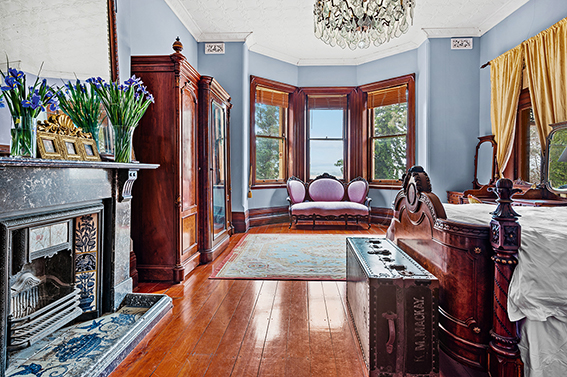
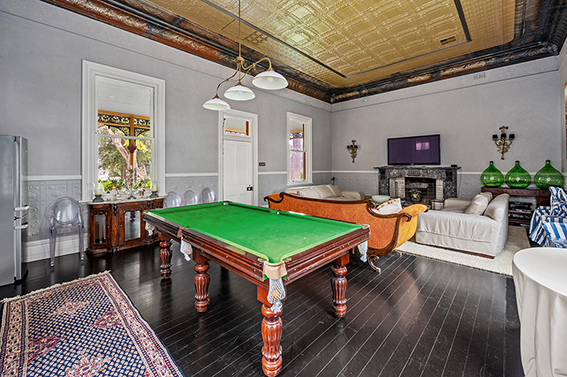
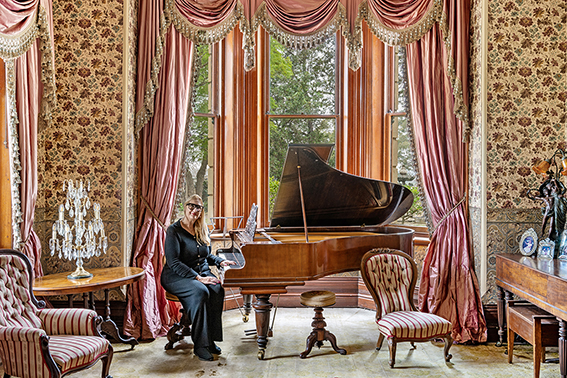
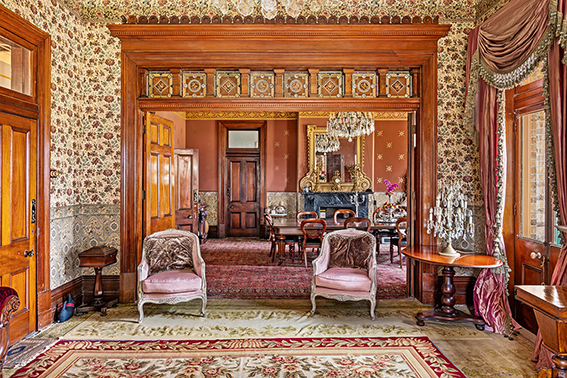
A Country Life.
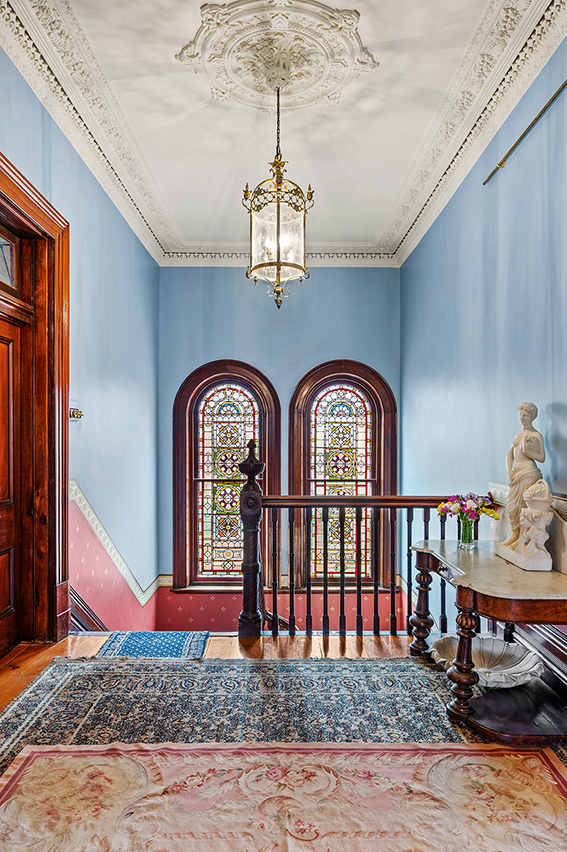
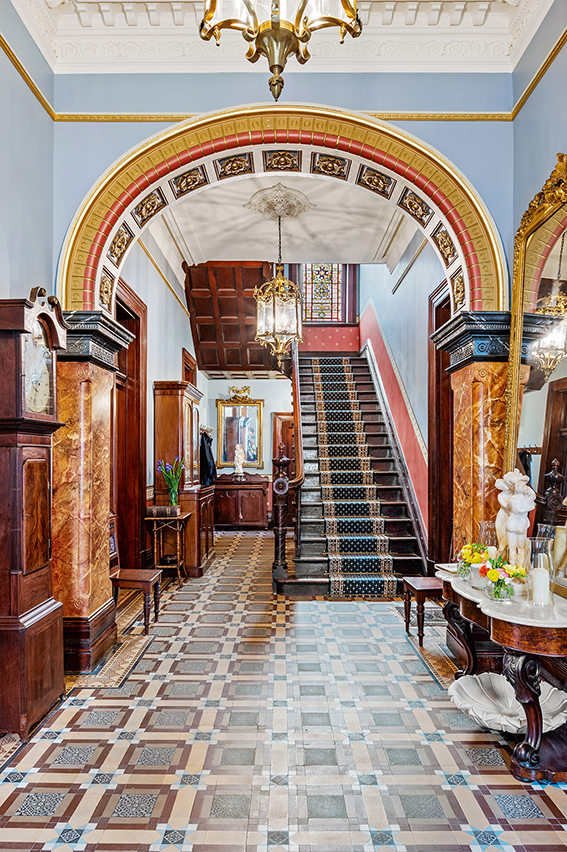
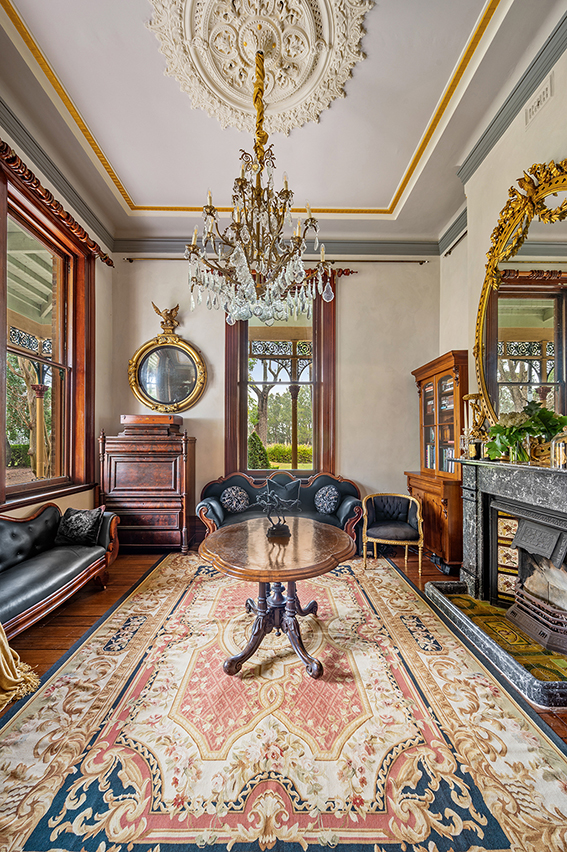
Cue the badly leaking, but still original slate roof that had brought Jann to tears.
Because Jann and Maurizio couldn’t find anyone locally to do the work, they brought in roofers from Sydney to repair the extensive damage.
“They stayed for over two months and brought in Penrhyn roof tiles from Wales which were the closest match,” Jann explains. “They would strip good ones out in valleys where you couldn’t easily see them and use them to replace the visible ones that were broken. But we did have to take out the lead because it had deteriorated so much.
“The cappings ended up being Colorbond, which broke my heart even though only experts would ever notice. But replacing the lead would have been impossibly expensive and quite bad from an environmental perspective.”
Next up were the gutters and downpipes, then the verandahs which had such severe structural issues, they were unsafe to walk on. The couple were able to save some of the supporting timber but had to replace the old tallowwood boards.
“We went all the way up to a mill in Taree to get them done, the ironwork needed mending and everything had to be repainted. “At one point, it was all jacked up with only the big columns still in place.”
It took them years to fix the exterior. Often, they had to pour funds into crucial, but almost invisible repairs. “It was frustrating because you couldn’t even see where the money had gone,” they say.
Read more about Anambah House in our Spring Edition of Hunter & Coastal Lifestyle Magazine or subscribe here.
Story by Cornelia Schulze, photography by Jacob Riordan, Open Angles Photography, and courtesy of Jann Zappacosta

